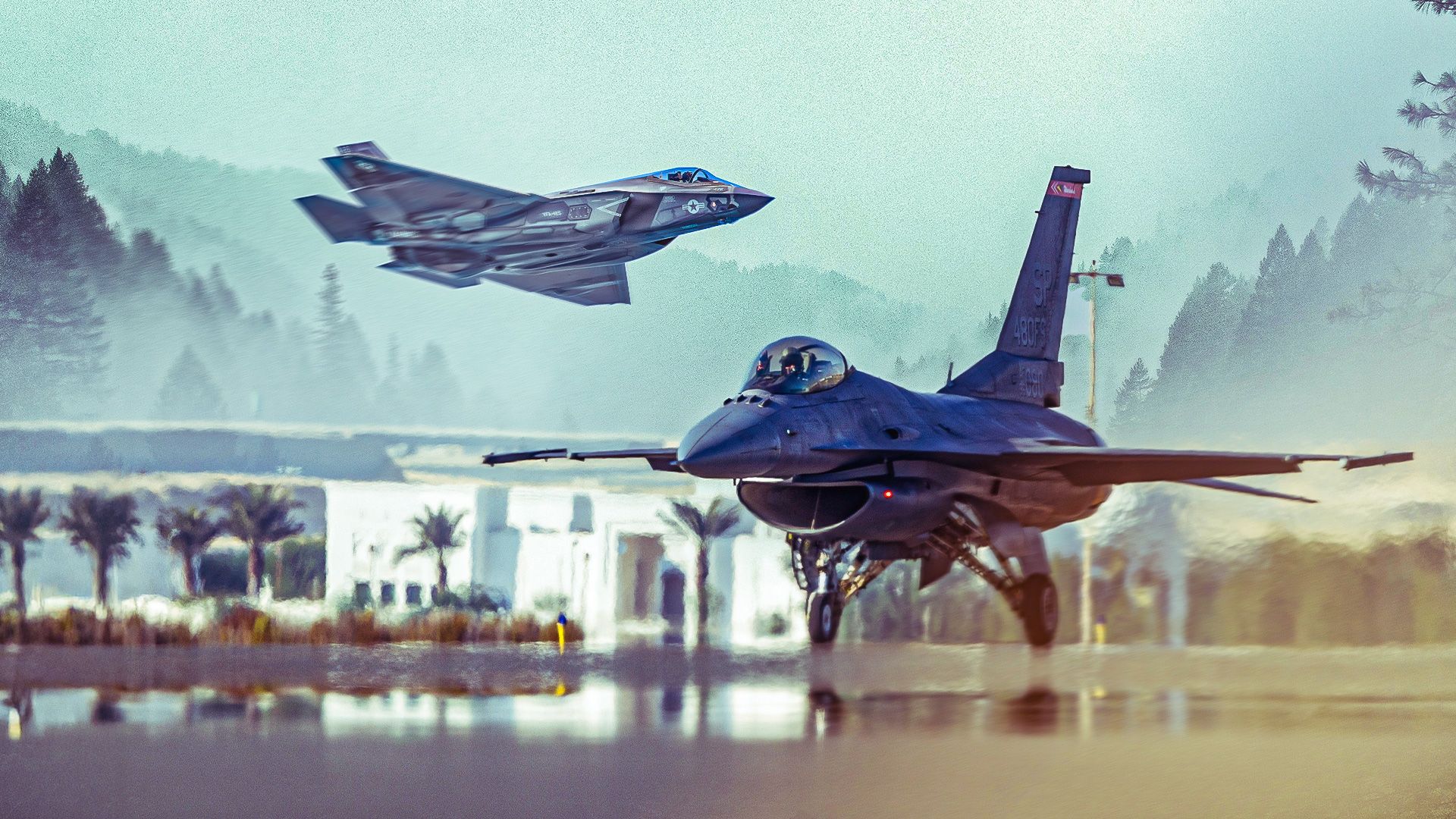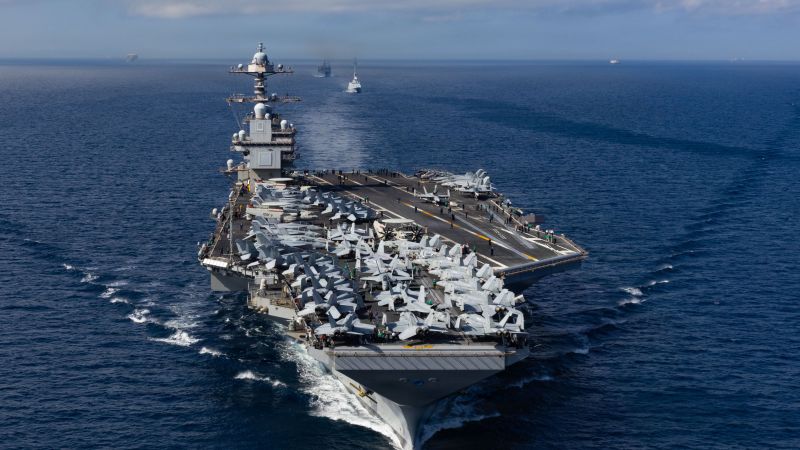The transition from the F-16 Fighting Falcon to the F-35 Lightning II is accelerating across air forces globally. By 2025, the United States Air Force (USAF) will have retired many of its F-16s, integrating the advanced capabilities of the F-35 into its squadrons. This shift is mirrored by allied nations in Europe, the Pacific, and the Middle East, with countries such as the United Kingdom, Italy, Norway, Australia, Japan, and Israel already operating the Joint Strike Fighter. Others, including Poland, Switzerland, and Greece, have pending orders.
The differences between the F-35, often referred to as “Fat Amy,” and the F-16, dubbed the “Viper,” underscore a generational leap in design and operational strategy. While the F-35 can reach supersonic speeds, its focus on stealth results in a lower top speed compared to the F-16. The F-35’s shape, radar-absorbent materials, and internal weapons bays significantly reduce its radar cross-section, allowing it to penetrate contested airspace where an F-16 might be at risk.
Stealth and Technology: The F-35 Advantage
The F-35’s primary advantage lies in its stealth capabilities and beyond visual range (BVR) fighting potential. Its design philosophy is predicated on the assumption that air-to-air engagements will primarily occur at long distances. Equipped with cutting-edge sensors and advanced weaponry, the F-35 detects, tracks, and neutralizes threats before they can engage. While the F-16 offers superior speed and maneuverability in close combat, such dogfighting scenarios are increasingly seen as a tactical failure in modern warfare.
Specifications for the F-16C/D include a thrust of 27,000 pounds, a wingspan of 32 feet 8 inches, and a combat weight of 19,700 pounds without fuel. It excels in multirole operations, capable of carrying various munitions, including two 2,000-pound bombs and multiple air-to-air missiles. Its maximum speed reaches approximately 1,500 mph, and its operational ceiling exceeds 50,000 feet.
In contrast, the F-35A, manufactured by Lockheed Martin, features a thrust of 43,000 pounds and a wingspan of 35 feet. It can carry a substantial payload of 18,000 pounds and operates efficiently at speeds of Mach 1.6. The F-35’s design allows for a combination of internal and external munitions, which can be tailored to mission requirements.
The New Role of the F-35 in Modern Warfare
The F-35 is more than just a fighter; it functions as a networked multirole sensor platform. It serves as a central hub that enhances the capabilities of other aircraft by providing them with critical target information. This strategic value compensates for its dogfighting performance limitations. Designed to be the “first-in” aircraft, the F-35 conducts intelligence gathering, disrupts enemy air defenses, and establishes air superiority for follow-on forces.
Research and development costs for the F-35 program are substantial, with the total cost exceeding previous military projects, including the historic Manhattan Project. While the goal of creating a single airframe for multiple branches of the US military offers logistical benefits, it has also led to significant cost overruns and delays.
On July 2, 2025, Italian Defense Minister Guido Crosetto announced the establishment of the first F-35 pilot training school outside the United States, set to be located in Sicily. This initiative emphasizes Italy’s role as a key player in the global F-35 program. Crosetto stated, “The future is built not by limiting ourselves to defence, but by making defence a social, economic, and technological innovation engine.”
As the F-35 fleet expands, it is projected that about 3,000 units will be deployed across various nations, enhancing the collective defense posture against potential threats from adversaries such as Russia and China. The United States currently operates approximately two-thirds of the global F-35 fleet, while international partners are steadily increasing their own capabilities.
In conclusion, the F-35 represents a significant evolution in aerial combat, serving as a vital asset in modern military strategies. Its technological superiority not only enhances the effectiveness of air forces but also solidifies alliances among nations in an increasingly complex global security environment.







